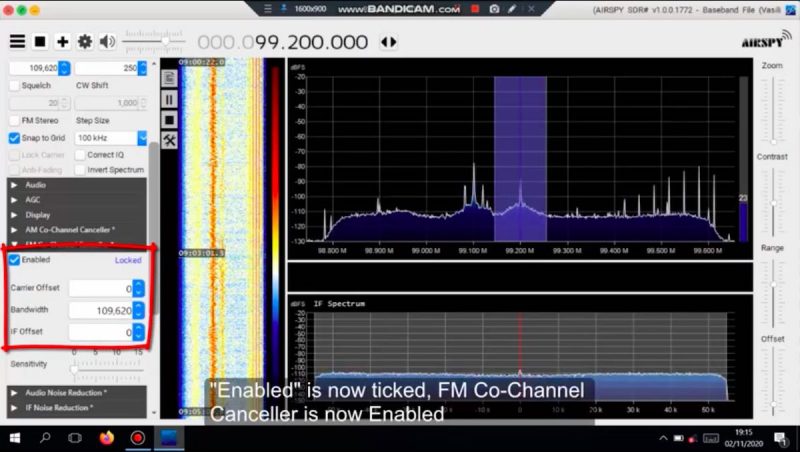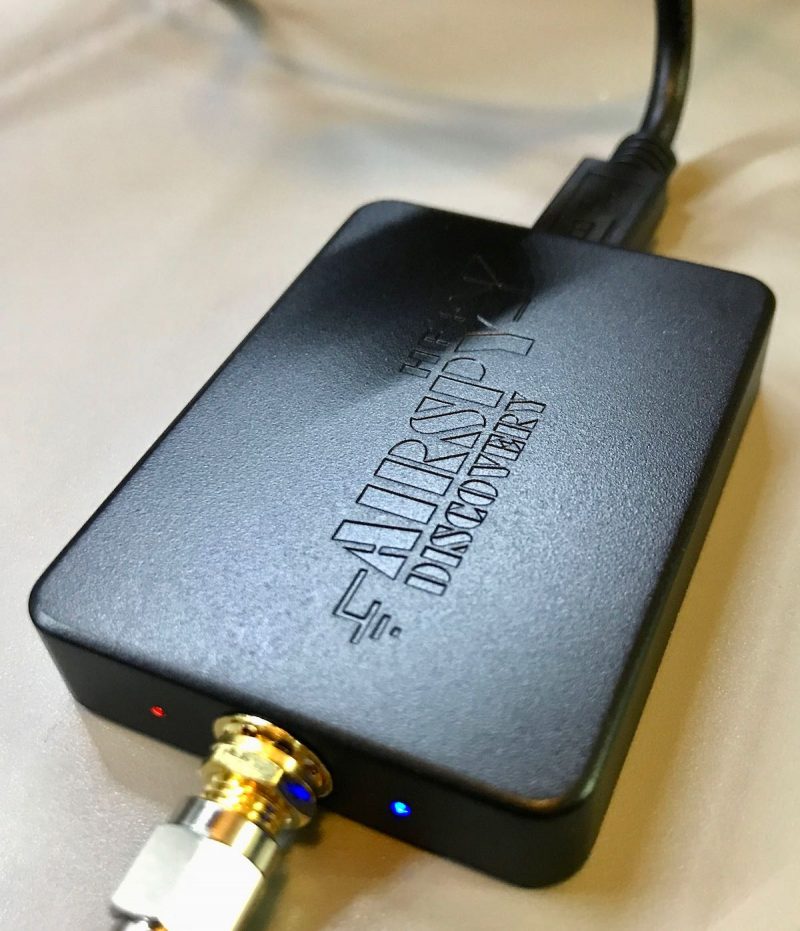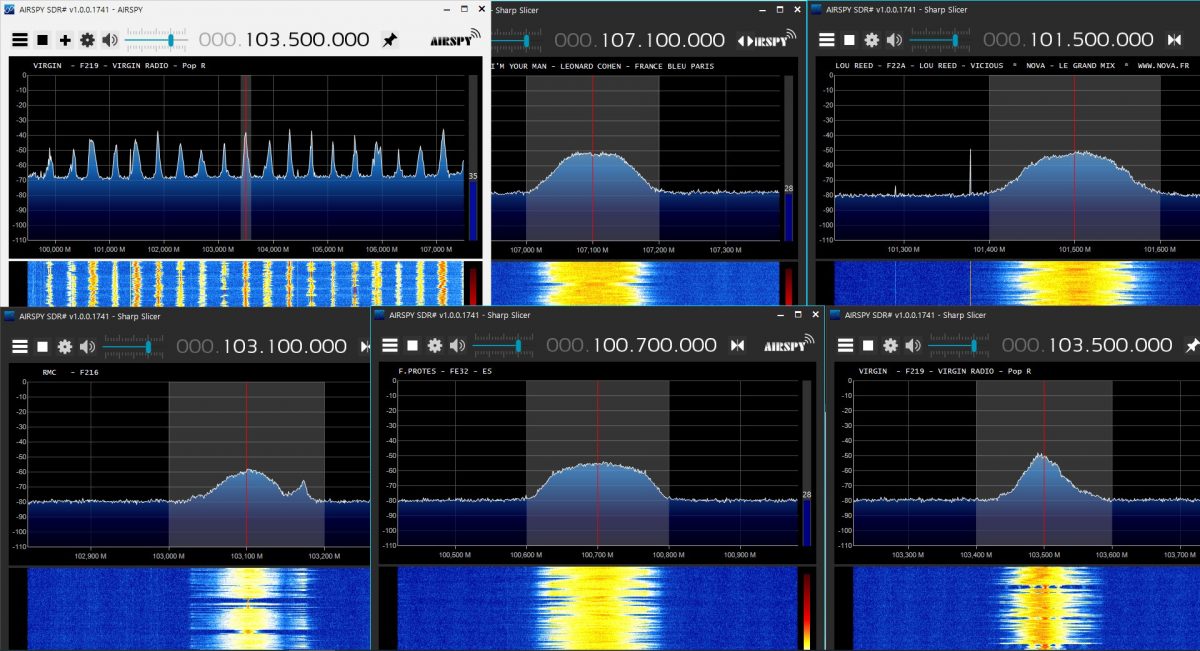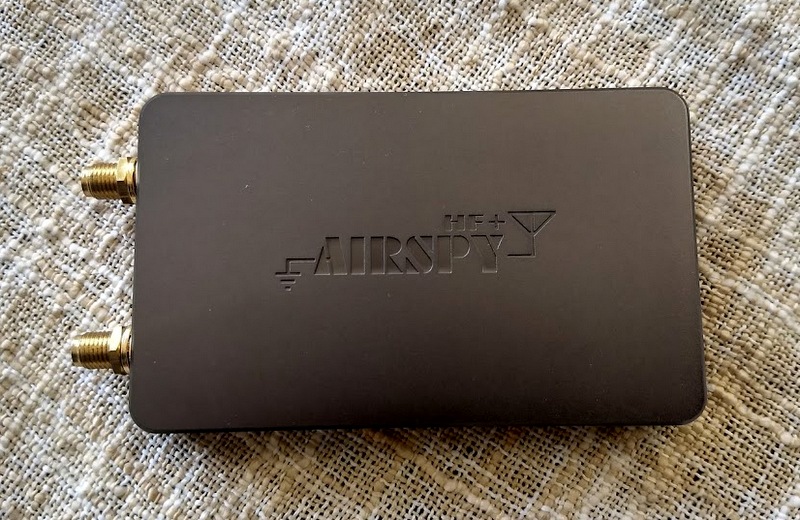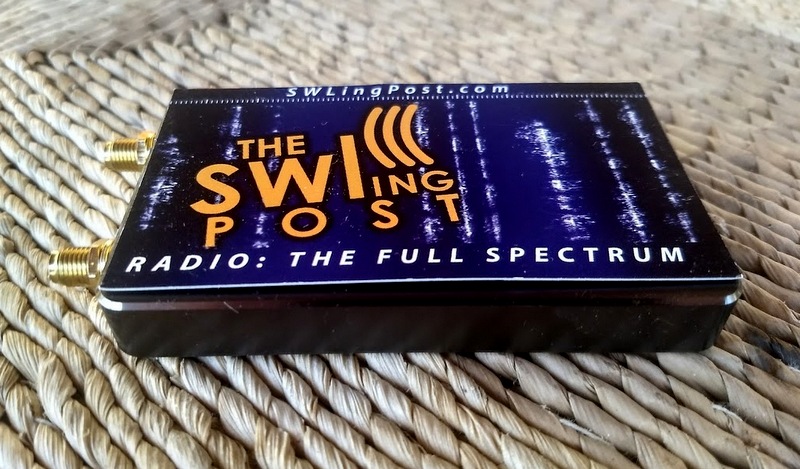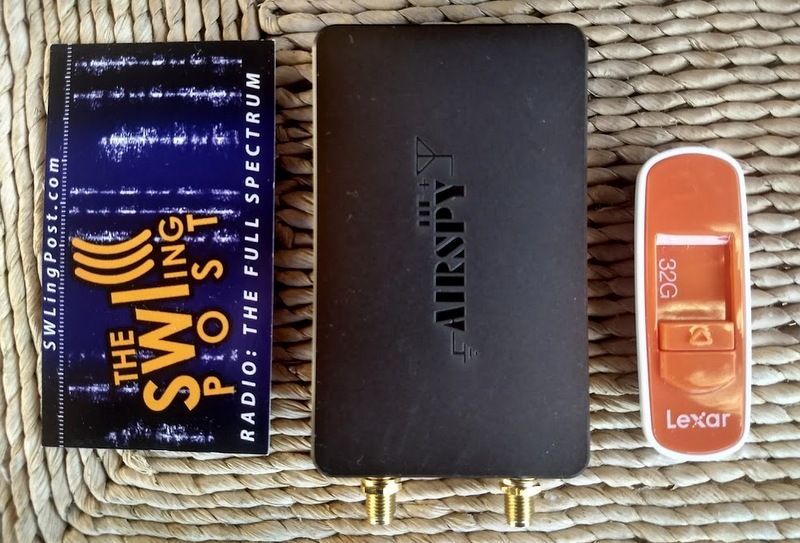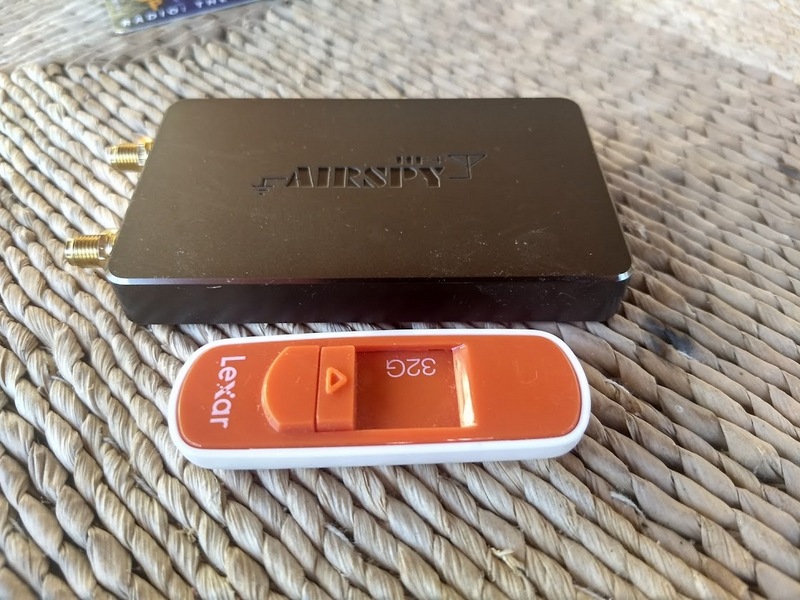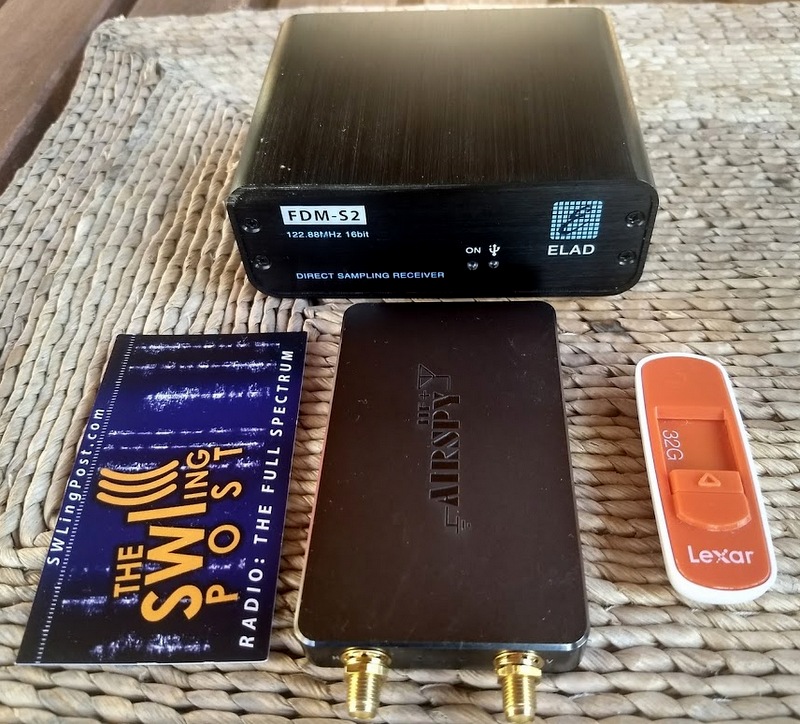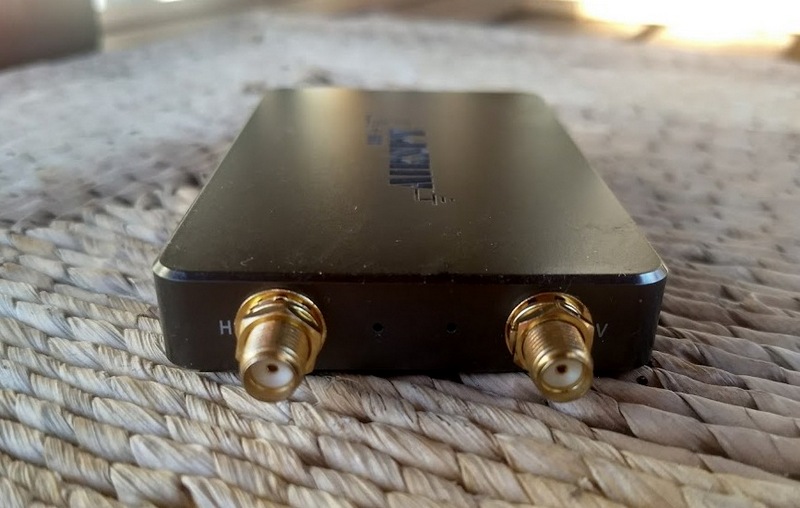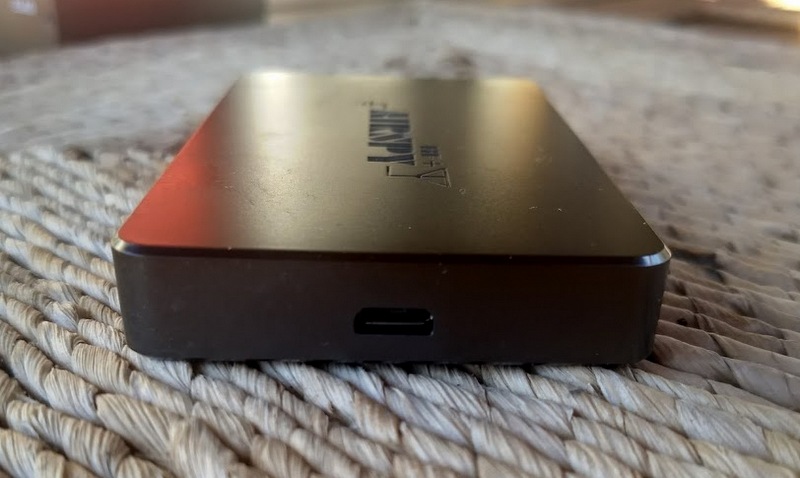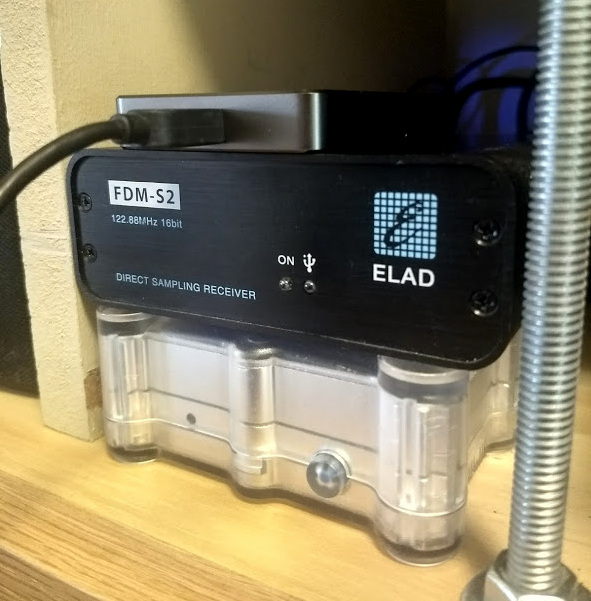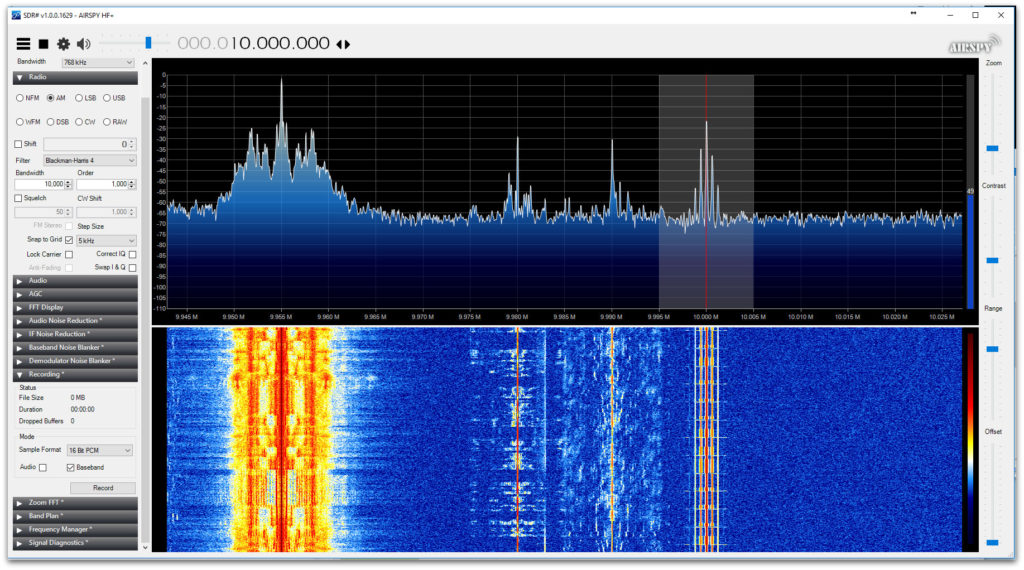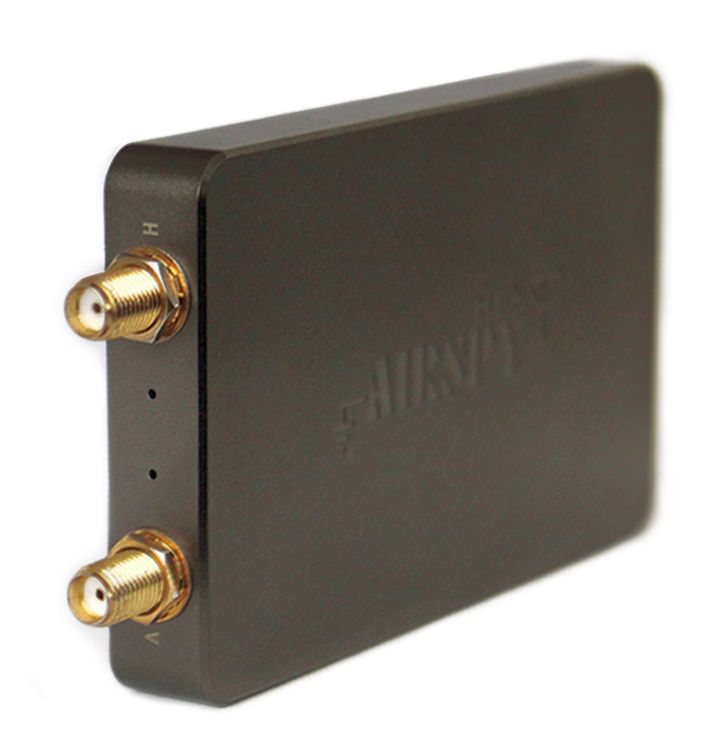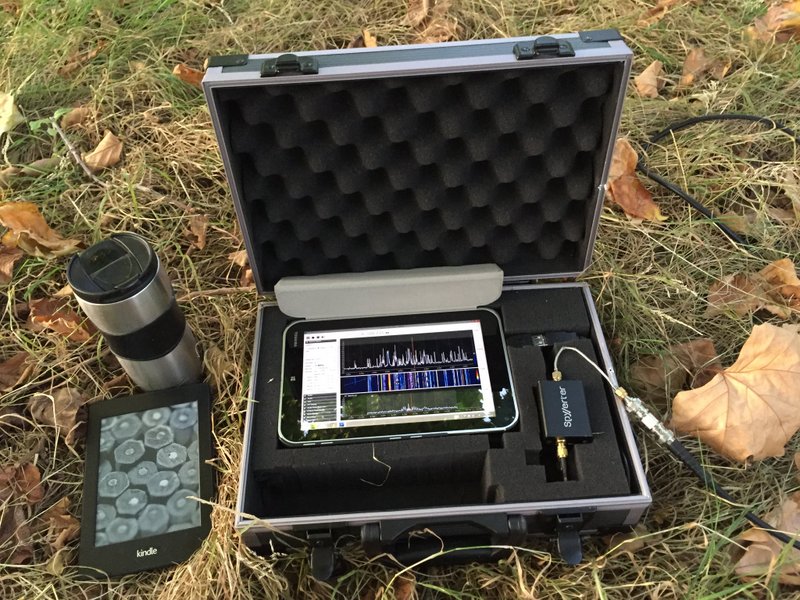Many thanks to SWLing Post contributor, Jake Brodsky (AB3A), who shares the following guest post:
How I Listen to Encore on Radio Tumbril
Listening to Classical music on shortwave is a challenge. It has loud and soft parts to the music. There may be selective fading. It isn’t a simple thing.
Also, configuring a software defined radio such as the highly configurable SDR# is not trivial. Note to readers: SDR# has been updated a lot recently and the noise reduction features are vastly improved. Kudos to Youssef Touil for all the hard work on this software. He continues to impress me with every update.
So I have some suggestions for those who are interested in listening:
First, get a decent set of over-the-ear headphones. Don’t rely on laptop speakers. They’re usually not designed for audio fidelity.
Set the radio for DSB reception with Lock Carrier and Anti-Fading checked. I also set the bandwidth to cover about 11 kHz or thereabouts.
On the Audio tab I uncheck the Filter Audio option. I’m going to rely on IF filtering to do my work for me.
Next, find an empty channel on the band where you will be listening to the program. Enable the IF Noise Reduction feature, set it to HiFi, and then set the threshold so that the noise floor is reasonably low. If you set the threshold too high, you’ll lose the higher frequency audio and there will be artifacts from the noise floor that I find unpleasant. A little bit of noise reduction is good, but more is not better.
I also enable the IF Filter/notch processing window to handle any stray birdies from switching mode power supplies. However, if not needed, I turn that feature off.
I turn off the AGC. And then I set the volume level to something reasonable, not too loud, not too soft, but just barely able to hear the noise floor.
Then I tune in the program. I was listening to the Sunday Evening (Monday 0200 UTC) broadcast from WRMI on 5950 kHz. There was some fading going back and forth. However, I took the atmospherics in stride, as if it were part of the experience. The broadcast from this evening
ended with the Pastoral Symphony from Beethoven. There were a few fades and there were a few swells, all due to atmospherics as the signal faded to the noise floor and emerged from it. But there was very little distortion. (thanks to the excellent engineers at WRMI).
The experience was actually sublime.
This is why I listen to shortwave broadcasts.
73,
Jake Brodsky, Amateur Radio Station AB3A


